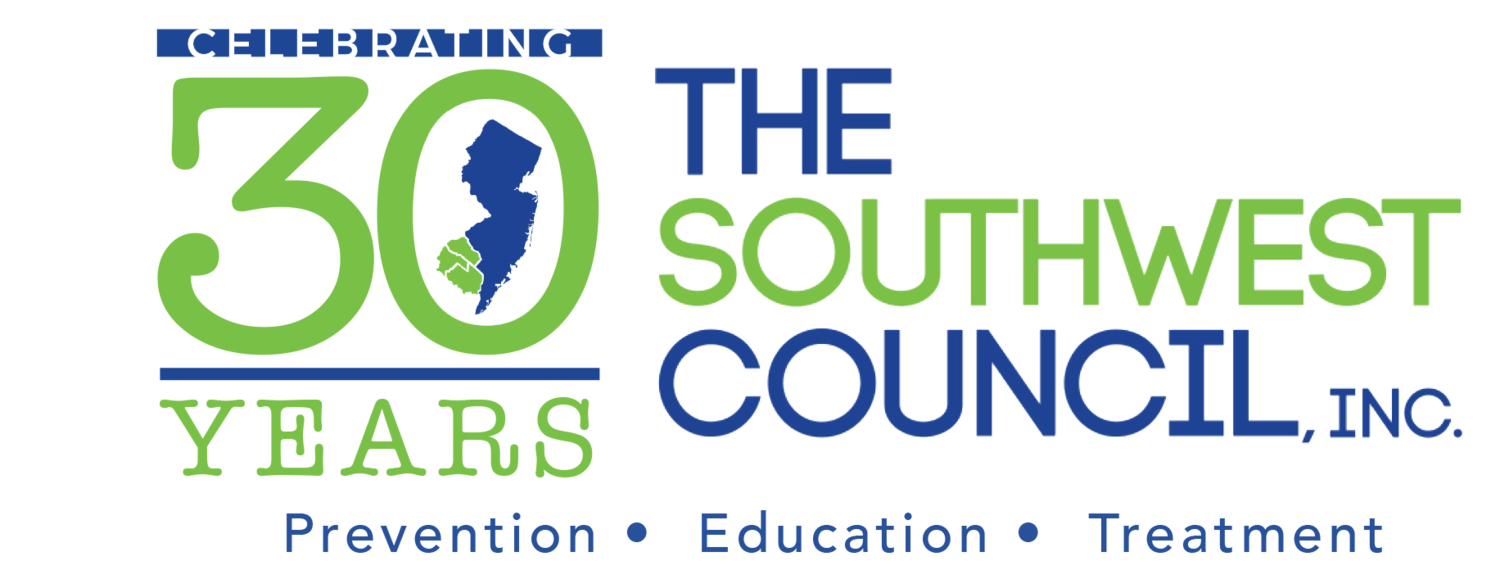by: Robert Regler
Peer pressure is all around us and is present in all age groups. However, the most common age group this occurs in are teenagers who are seeking approval from those around them. Peer pressure can come from a variety of different people including classmates, friends, and siblings. Teenagers are more susceptible to peer pressure due to their desire to fit in with those around them. During this age, individuals are more likely to base their decisions on what the people around them want them to do. Unfortunately, this opens the door for teenagers to engage in activities such as drugs and alcohol use.
According to the National Institute on Drug Abuse, teenagers are more likely to engage in risky activities when they are surrounded by their friends. While consuming drugs and alcohol are commonalities, other risky behaviors might include reckless driving and violent behavior. There are biological reasons in which an individual may decide to engage in risky behaviors when surrounded by their peers. The part of the brain that determines risk versus reward is heightened when one is in the presence of their peers. When an individual knows that their friends are watching them, their sense of reward is heightened. When it comes to consuming drugs and alcohol, peer pressure might be the deciding factor when contemplating engaging in these behaviors. The most common example would be the individual taking drugs and alcohol, but it could also come in the form of getting in a vehicle with someone under the influence.
Unfortunately, peer pressure is a prevalent factor when it comes to drug and alcohol abuse. Those who abuse drugs and alcohol are more likely to have peers who also engage in this kind of behavior. This will also increase the chances that the individual will have problems with long-term addiction. In addition, recovery from substance abuse becomes further complicated when the individual still associates themselves with these peers.
While peer pressure is mainly viewed in a negative light, it can also prove to be positive. When used in a positive light, peer pressure can prove to be an excellent motivator. For example: if someone is excelling in their respective area (whether its sports, academics, or employment) others may feel the pressure to elevate themselves to the bar the previous person set. Peer pressure can also prove to be effective for recovery from drugs and alcohol. Each person can hold the other accountable and motivate them to a successful recovery.
The Southwest Council, Inc. provides free presentations on various topics, including peer pressure, healthy choices, and decision making for all members of the community. If you are interested in having a presentation, please feel free to reach out at (856) 794-1011 or visit us online at www.southwestcouncil.org .
Resources:
https://www.therecoveryvillage.com/teen-addiction/teens-peer-pressure/#gref
https://novarecoverycenter.com/addiction/peer-pressure-and-drug-abuse-2/





